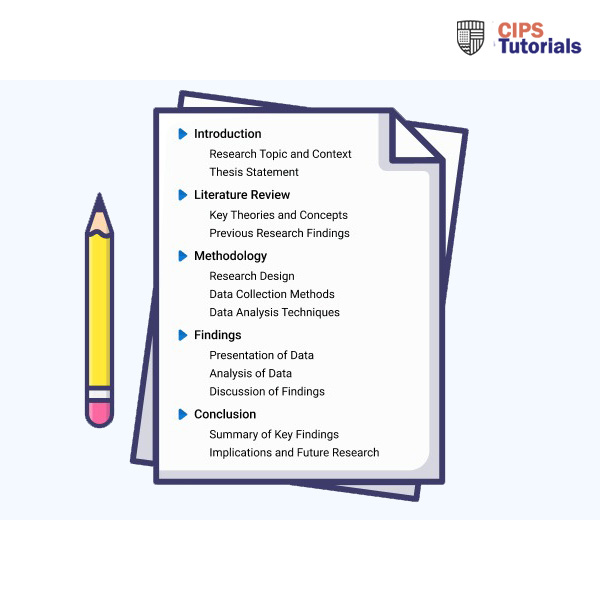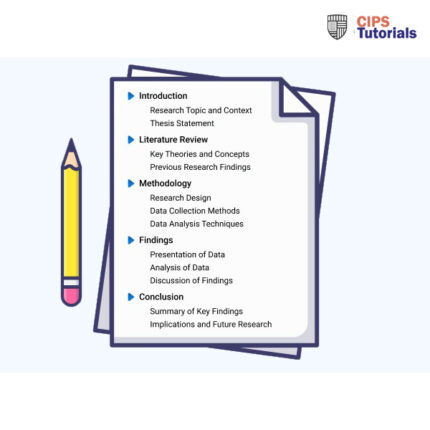-75%
Solution
Analysis Tool-SWOT:
Taking stock of the organisation’s strength, weaknesses, opportunities, and threats—the SWOT analysis—is a great way to evaluate personnel practices (Renault, 2019). By utilising this technique, one can identify both internal and external elements that have the potential to impact strategies for managing people. In order to gain a better grasp of an organization’s internal resources and problems, it is crucial to identify its strengths, such a competent workforce, and its weaknesses, like excessive turnover. Meanwhile, when devising strategies to draw in, keep, and cultivate talent, it’s helpful to first identify external opportunities—like entering new markets—and threats—like rivalry from other industries.
The SWOT analysis is useful because of its simplicity and versatility. Additionally, as Teoli et al. (2023) points out, it forces companies to think about both internal and external factors simultaneously, which provides a thorough evaluation of the company’s present situation and it’s potential for the future. Workforce development, talent management, and employee engagement are just a few of the people practice issues that this tool may help businesses pinpoint.
Several limitations apply to SWOT analysis. It might be extremely simplistic, leading to judgements based on generalised diagrams and observations. Unchecked, it has the potential to contaminate discourse with biassed viewpoints. In addition, SWOT analysis may overlook the external context’s malleability and is unable to delve further into complex challenges (Indeed Editorial Team, 2023)
Analysis Method: Employee Surveys
Staff surveys are a suitable tool for data analysis in human resource management. Current employees are polled on a range of topics, including job satisfaction, management, and company culture.
Problem Identification: to get to the bottom of things, employee surveys are great. Organisations can find out about issues with workload, communication, or team relationships that would not be apparent otherwise by asking certain questions (de Waal, 2014). Problems like poor morale or discontent can be better understood with the help of these insights.
Obstacles in Diagnosis: Finding the sources of problems can be a challenge, but surveys can assist. For instance, if workers express discontent with management, HR can investigate potential causes such as insufficient backing, inadequate acknowledgement, or faulty communication (Aguilera, 2023). Organisations can develop targeted strategies to address these difficulties when they have a good grasp of them.
Discovering Possibilities: Opportunities for growth and improvement can also be uncovered through surveys. For instance, workers could want to know more about mentoring programs, career development opportunities, or ways to have greater control over their work schedules. Human resources can use these findings to create programs that boost engagement and employee retention (de Waal, 2014).
Areas of Efficacy: Quick and anonymous feedback collection is a strength since it encourages people to be honest. Unfortunately, this approach loses some of its effectiveness if surveys aren’t well-designed or if the results aren’t put into action.
Please click the following icon to access this assessment in full

